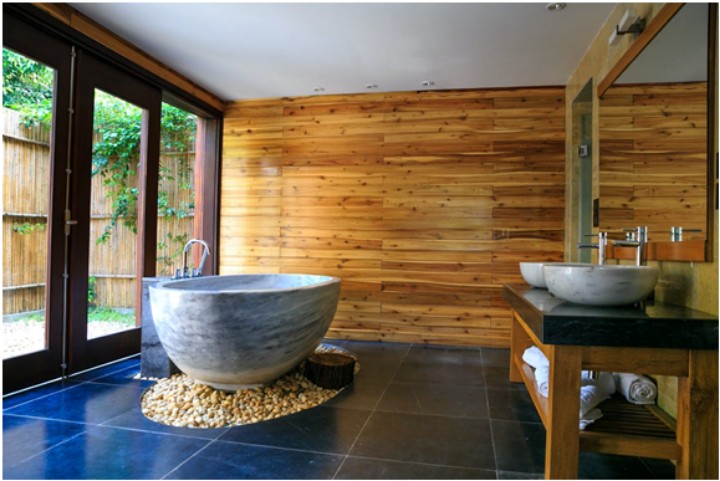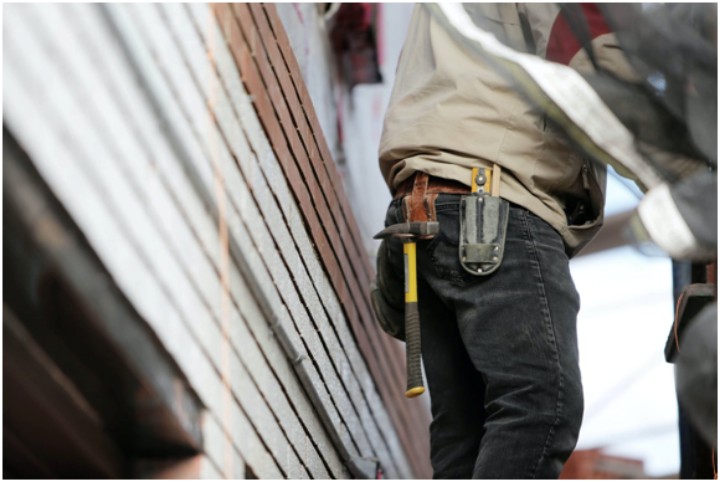Of all house renovation ventures, rebuilding your bathroom and replacing the critical plumbing system is one of the most complex tasks. Choosing the right plumbing materials is crucial.
While changing the tiles and installing a new bathroom faucet once in a blue moon won’t require that much hard work, changing an entire plumbing system is a complex process that is best left to professionals, unless you’re a plumber yourself.
The thing is, just like the electrical outlets and wiring in a house, the plumbing is something you don’t change every year, as these systems are built to last for decades before they need to be checked and replaced again.
In this article, we’re going to talk about bathroom renovation and how the materials you use will affect the longevity of the installations.
As various fixtures such as faucets and toilets are something that you will likely change fairly often (once every couple of years, for example), we will concentrate here on the piping, as this part of the plumbing system is expected to run like a clockwork for many years uninterrupted.
Here’s the deal.
1) Plastic Piping
If you want to combine low prices with decent sturdiness and longevity, plastic would be the material you’d want to look into.
The thing about plastic materials is that it comes in all sorts of shapes and sizes. So you will be able to meet whatever plumbing-related needs you have, even if you use only plastic as the material for not only the pipes but various joints, too.
Of course, when fixtures such as faucets, bidets, and toilets are involved, you may be better off acquiring models that are made out of ceramics or metal, since these are high-use plumbing items and people will be touching and operating them on a daily basis.
One other thing to pay attention to, if you’re going to use plastic for your bathroom plumbing, is this material is so multifarious that you may end up picking up the wrong kind of plastic for your application.
Plumbing plastic comes in different levels of hardness, elasticity, and other categories. So if you want to get the most out of it, you may be best off contacting a professional plumber to help you pick the right sort of plastic for the task at hand.
If you’re in Australia, you can find a plumbing agency from Canberra to help you out with this.
2) Copper Piping
Possibly the best all-around material for plumbing pipes and fixtures, copper has become a favorite of many plumbers ever since it replaced lead-containing fixtures.
The great thing about copper is that it’s a reasonably sturdy metal that nevertheless gives you plenty of elasticity, if needed. This plays an important role during the installation process, as the fact that you can bend a copper pipe easily any way you like means you don’t need to haul heavy machinery to the work site to cut and reshape the pipes on the spot.
Since every bathroom is different, the person doing the pipe fitting always needs to be prepared to cut and reshape pipes on the spot.
Last but not least, copper doesn’t rust, which is a pretty obvious reason for its popularity when it comes to making plumbing pipes.
3) Cast Iron Piping
One of the least-frequently used materials for plumbing fixtures and piping, cast iron has a couple of advantages but also some big flaws in terms of how easily it can be managed around a bathroom and how well it deals with water.
The good thing about cast iron is that it’s fairly strong, so it won’t break or bend under pressure.
On the other hand, it’s quite difficult to cut and shape and it doesn’t do too well with water, as it can start rusting given enough time. If a cast iron piping develops a leak or otherwise fails, you can forget about trying to fix it yourself, as any sort of long-term solution would probably require you to get in touch with a professional plumber.
All in all, whether you’re battling with old cast iron fittings or are trying to decide between spending more money on copper or sticking with plastic, taking care of your bathroom plumbing system is a must if you want it to run smoothly for many years to come.
We hope you found this blog post on Bathroom Renovation: Bathroom Plumbing Material Choices useful. Be sure to check out our post on 9 Things to Consider Before Starting a Bathroom Renovation for more great tips!
Have Experience in the Moving Industry? Want an Additional Income Stream? Work With All Around Moving!
Partner with us and we’ll help you make money. Click here to learn more.







